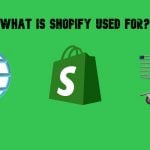Discovering CRO Meaning: What is Conversion Rate Optimization?
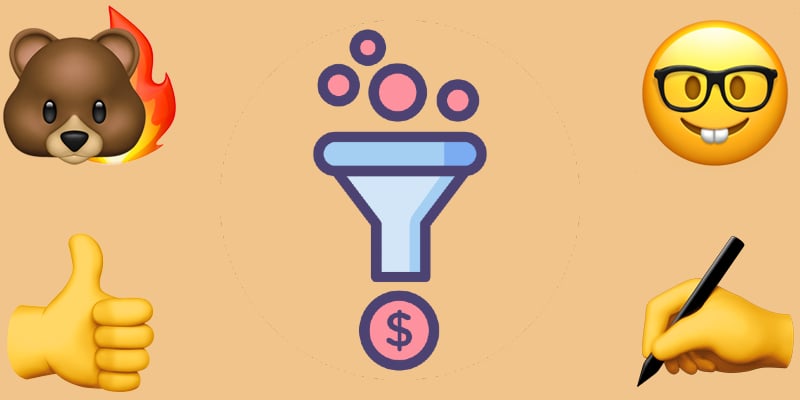
Ever wonder why your website feels like a packed party, but no one’s making a move to checkout? The secret might be in something called CRO, and no, that’s not an obscure job title — it’s the key to unlocking your website’s full potential. So, what does CRO stand for? Conversion Rate Optimization, of course!
In this article, we’ll dive deep into the CRO meaning, why it’s a game-changer for any e-commerce business, and how mastering CRO marketing can transform your traffic into sales. If you’ve ever asked yourself, “What is a CRO?” — you’re about to find out! From tweaking your checkout process to adding FOMO-inducing pop-ups, we’ve got all the tips you need to turn window shoppers into loyal customers. Ready to optimize? Let’s get started! And don’t forget to check our eCommerce glossary of terms to discover other useful definitions and insights.

CRO Meaning: What Does CRO Stand For?
When we talk about CRO, we’re not diving into the world of “Chief Restructuring Officers” or some obscure space mission acronym. In e-commerce, CRO stands for Conversion Rate Optimization, and trust us, it’s a game-changer for any online business.
Simply put, conversion optimization is the art and science of turning your casual website visitors into actual customers (or subscribers, app downloaders, or whatever goal you have in mind). It’s like taking your average mall window shopper and convincing them that, yes, they really do need another pair of sneakers. Whether they click “Buy Now” or sign up for your newsletter, CRO is all about making those conversions happen.
What Does CRO Mean in Practice?
Imagine you own an online store selling custom coffee mugs (because who doesn’t need yet another mug?). You’ve got plenty of traffic, but no one’s pulling the trigger. This is where CRO swoops in. By tweaking the placement of your “Add to Cart” button, simplifying your checkout process, or even adding a snazzy “Limited Time Offer” banner, you can significantly boost the number of people making purchases.
Take Amazon, for example. Ever wonder why their “Buy Now” button is so prominent? It’s no accident. They’ve mastered the art of conversion optimization by making it ridiculously easy to check out. By optimizing the layout, they reduce the friction for users and encourage quick purchases. Simple, yet brilliant.
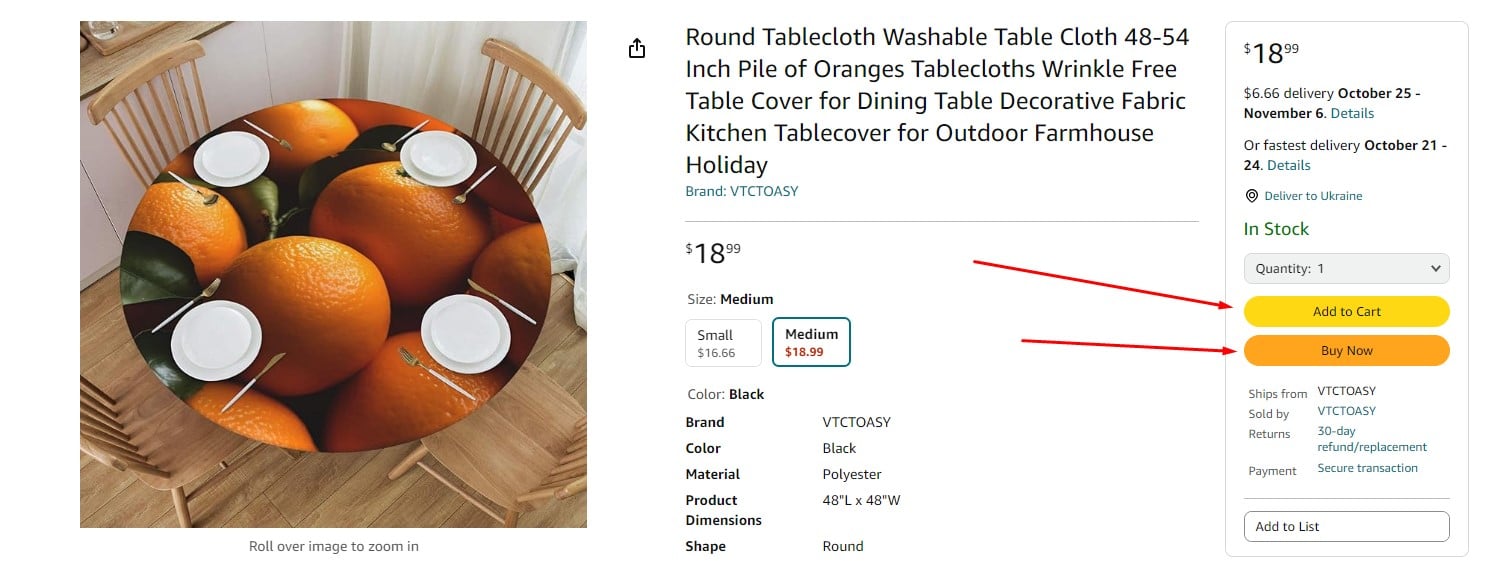
Amazon offers the option to either add an item to the user’s cart or purchase it immediately using 1-Click
Speaking of buttons, one famous CRO tale involves a retailer that added a single button to their website — a Guest Checkout option. Before, they forced users to create an account, which turned off many potential buyers. After adding the guest checkout, they saw a whopping in the first year. Talk about a small change making a big difference!
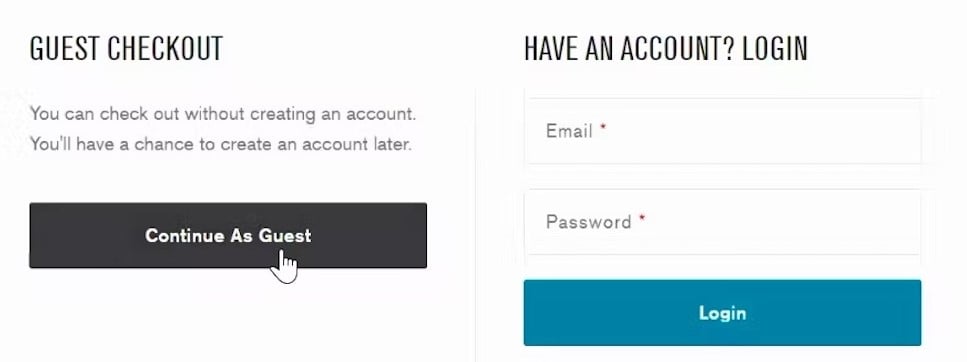
Guest Checkout is a powerful CRO improvement that many e-commerce websites offer
Why Should You Care About CRO?
So, what is CRO and why should you care about it? It’s the secret sauce to getting more bang for your buck with the traffic you already have. Instead of shelling out cash to bring more people to your site, you focus on converting the ones who are already there. Think of it like this: you wouldn’t just invite people to a party and not offer them snacks, right? CRO is the platter of irresistible hors d’oeuvres that keeps people engaged and wanting more.
And it’s not just for e-commerce. CRO applies to blogs, SaaS platforms, and even social media. Anywhere you want to encourage a user to take a specific action — download, subscribe, share — conversion optimization has your back.
The average conversion rate for e-commerce websites sits at around . That means out of 100 people who visit your site, only three are likely to buy something. But with proper CRO, you can easily double or triple that number! Imagine turning 6 out of 100 visitors into customers without spending a penny more on marketing. That’s the magic of CRO.
If you’ve ever booked a hotel online, you’ve probably seen Booking.com use FOMO (Fear Of Missing Out) to its full advantage. “Only 2 rooms left!” or “10 people are looking at this hotel right now!” These psychological nudges are part of their CRO strategy, turning indecisive browsers into decisive buyers. It’s as if the website is whispering in your ear, “Book it now or live with regret forever.”
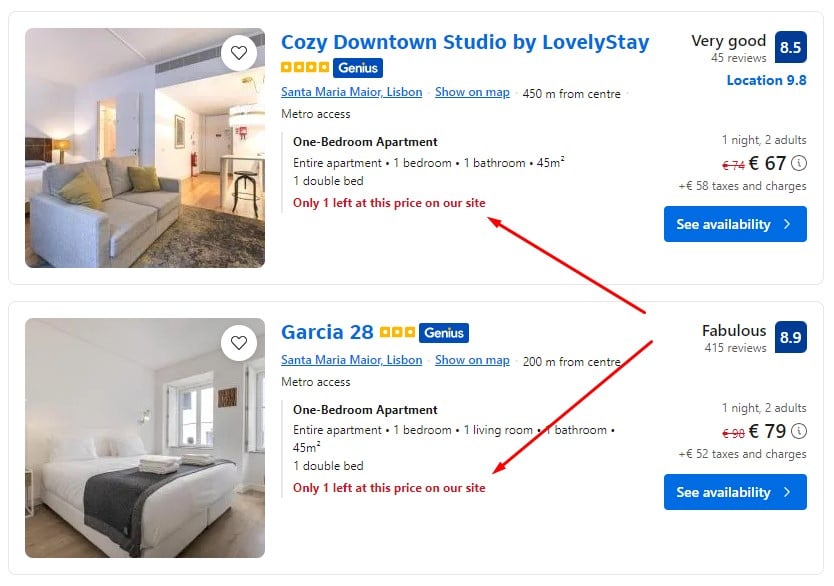
“Only 1 left at this price on our site” is a common message Booking.com uses to implement its FOMO strategies
The Role of CRO in E-Commerce
If you’ve ever felt like you’re pouring money into ads and SEO, only to see a fraction of visitors actually making a purchase, you’re not alone. But here’s the secret ingredient of e-commerce success: conversion optimization. It’s the golden ticket to increasing your revenue without needing to wrangle more traffic or throw more cash at paid ads. By fine-tuning the little things, you can transform your website into a conversion machine — one small tweak at a time.
Increasing Revenue with CRO: Small Changes, Big Gains
The beauty of CRO is that it doesn’t require a marketing overhaul to see results. A couple of smart adjustments can make your sales spike faster than a viral TikTok trend. We’re talking about things like changing the color of a button (seriously), tweaking a headline, or even rewording a product description.
In one classic case, a major e-commerce retailer increased their conversion rate by just by changing their call-to-action button from green to red. Why? Because red caught more attention and made users take action faster. It’s like waving a red flag at a bull, except instead of charging, they’re smashing that “Buy Now” button.
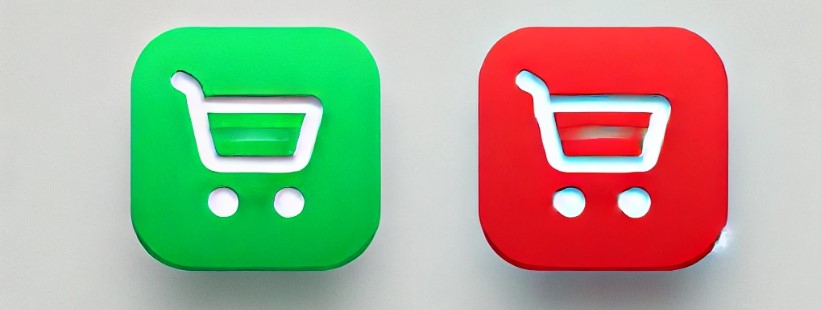
Changing your call-to-action button from green to red can boost the conversion rate
Some companies have made literal millions by adjusting their checkout process to be a bit more user-friendly. The guest checkout button we mentioned earlier? Yeah, that’s another prime example. CRO can be the difference between customers breezing through checkout or abandoning their carts like they’re fleeing from a haunted house.
Impact on Customer Experience: Seamless Shopping, Happy Customers
It’s not just about boosting your bottom line. CRO and customer experience are like peanut butter and jelly — they belong together. Optimizing your site to make things easier, faster, and more intuitive for shoppers means less frustration and more delightful “Aha!” moments.
Imagine you walk into a store and can’t find what you’re looking for. There’s no signage, no helpful staff, and the checkout line is longer than a DMV waitlist. You’d leave, right? The same applies online. A clunky site drives customers away faster than you can say “404 error.”
Take Amazon once again and their famous one-click purchasing. They knew that people don’t like to spend five minutes filling out forms, so they introduced the one-click purchase button, allowing users to buy things with a single click. The result? They’re making $1,000 per second (yes, per second), and a lot of that comes down to eliminating friction from the buying process. However, Amazon’s 1-click ordering system has many people crying foul because it is so easy to accidentally place an order:
It’s been said that will abandon a site that takes longer than three seconds to load. Three. Seconds. CRO to the rescue! By optimizing load times, simplifying navigation, and improving mobile UX, you’re making sure customers stick around long enough to convert.
How CRO Affects Every Aspect of the Online Shopping Experience
CRO isn’t just about the checkout process — it’s a holistic approach that touches every part of the customer journey, from the moment they land on your site to the point where they (hopefully) smash that “Complete Order” button. Here’s how conversion optimization improves each stage:
- Product Discovery: By improving search functionality, categorization, and product recommendations (like upselling or cross-selling), CRO helps customers find exactly what they’re looking for — plus a few things they didn’t even know they wanted.
- Site Navigation: Ever been lost in a labyrinth of product pages, unable to find your way back to the item you liked? Yeah, CRO fixes that. Streamlining navigation ensures your customers aren’t stuck in a digital maze.
- Checkout Optimization: No one likes jumping through hoops to buy something. By simplifying forms, reducing steps, and offering alternative payment methods, CRO keeps customers from hitting that dreaded “X” button at checkout.
Let’s look at Zappos, for example. The company mastered conversion optimization by offering free returns. They knew that one of the biggest barriers to buying shoes online was the fear that they wouldn’t fit. By giving customers an easy way out — free returns — they broke down that barrier and saw their conversion rates soar. As it turns out, letting customers send back those funky shoes they didn’t like was worth it for the thousands who ended up keeping (and loving) their purchases.
The Takeaway: CRO as the Ultimate Marketing Tool
When it comes to marketing, think of CRO as your e-commerce Swiss Army knife. It not only boosts your revenue, but also sharpens the entire customer experience, making it easier for shoppers to find, decide, and buy — all while leaving them with a warm and fuzzy feeling about your brand. The best part? You’re squeezing more value out of your existing traffic, meaning you won’t have to dig deeper into your marketing budget to see results.
CRO is about working smarter, not harder. It doesn’t matter if you’re a small e-commerce startup or a giant like Amazon — every business can reap the rewards of a well-optimized site. Plus, once you start seeing those conversion rates rise, you’ll wonder why you didn’t jump on the CRO bandwagon sooner.
Final Words
So now that you know what CRO stands for and why it’s the ultimate tool in your CRO marketing toolkit, it’s time to put it to work. Whether you’re adjusting a button color, speeding up your site, or mastering the art of FOMO with countdown timers, these little tweaks can make a world of difference.
Still wondering what is a CRO? It’s the strategy that turns your website from a wandering maze into a well-oiled conversion machine. And the best part? You don’t need more traffic — you just need to make the most of what you’ve got. So get out there and start optimizing, because with conversion optimization on your side, you’re just a few smart changes away from e-commerce domination!
Need the tools to get started? Platforms like Magento, Shopify, and Shopware already have built-in CRO tools, and there are plenty of third-party extensions to fill in the gaps. Check out our guide on Ecommerce Conversion Optimization with Built-in CRO Tools for more tips!






